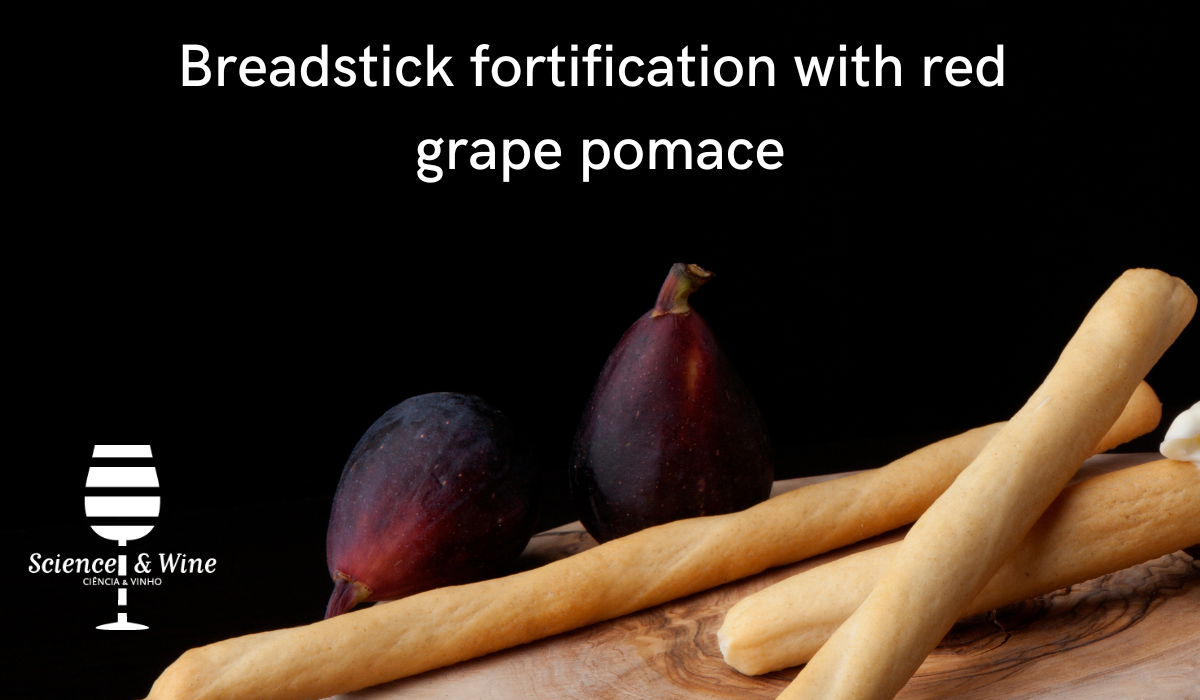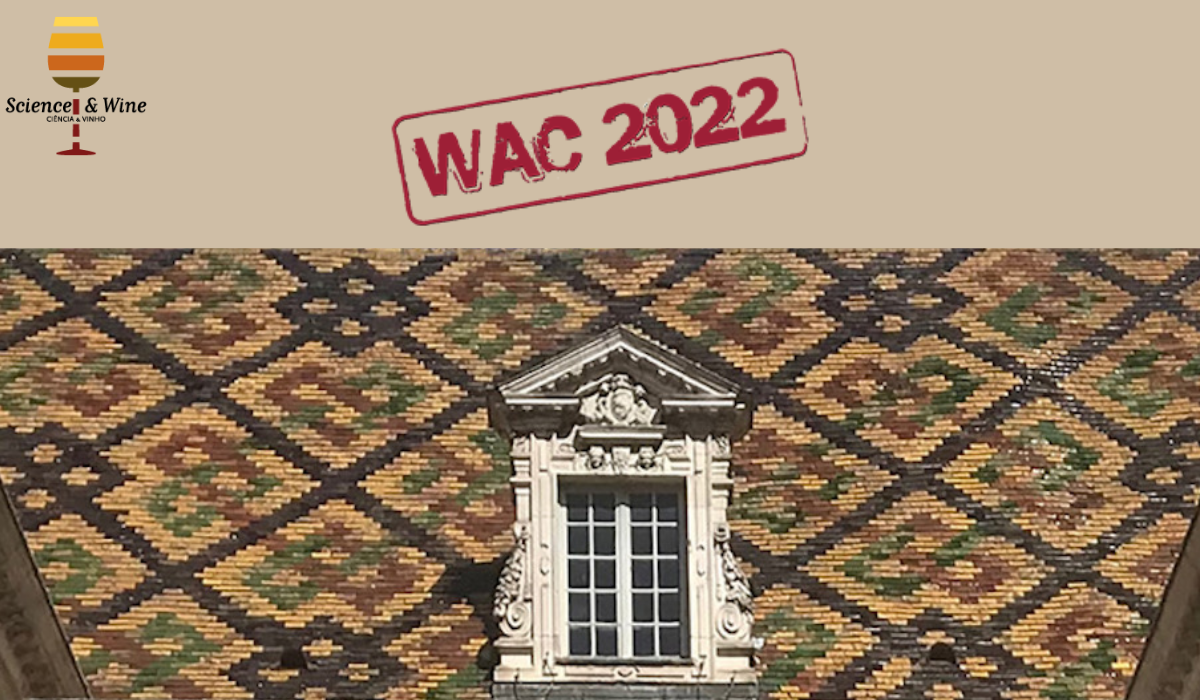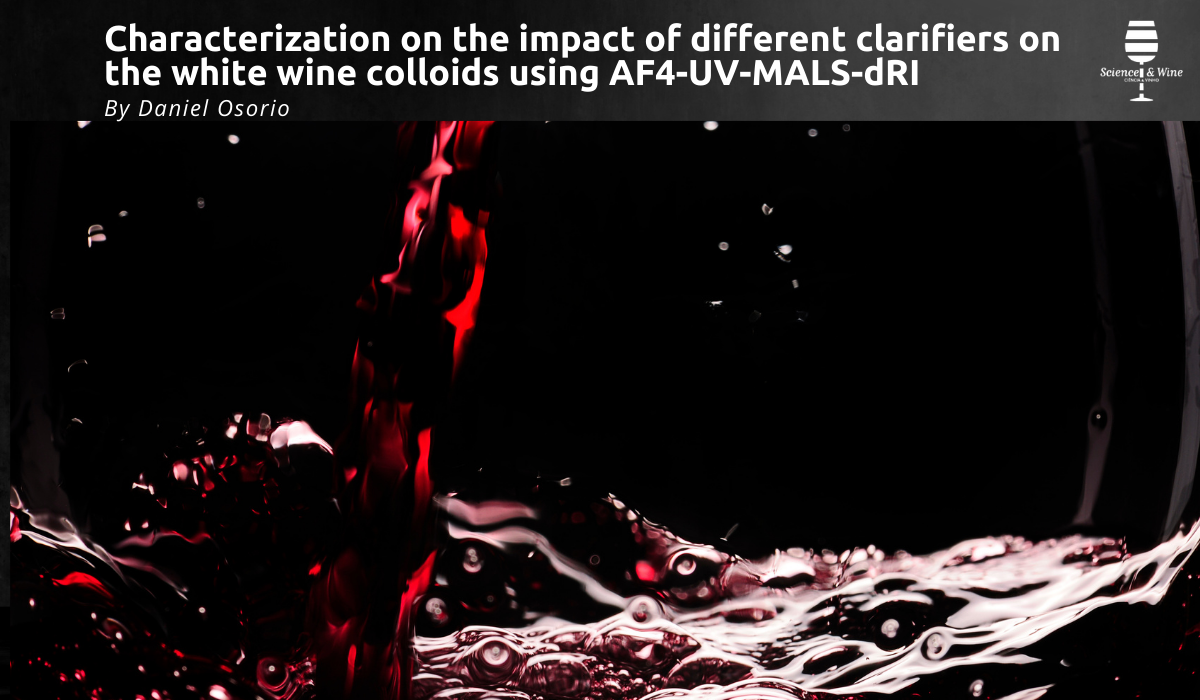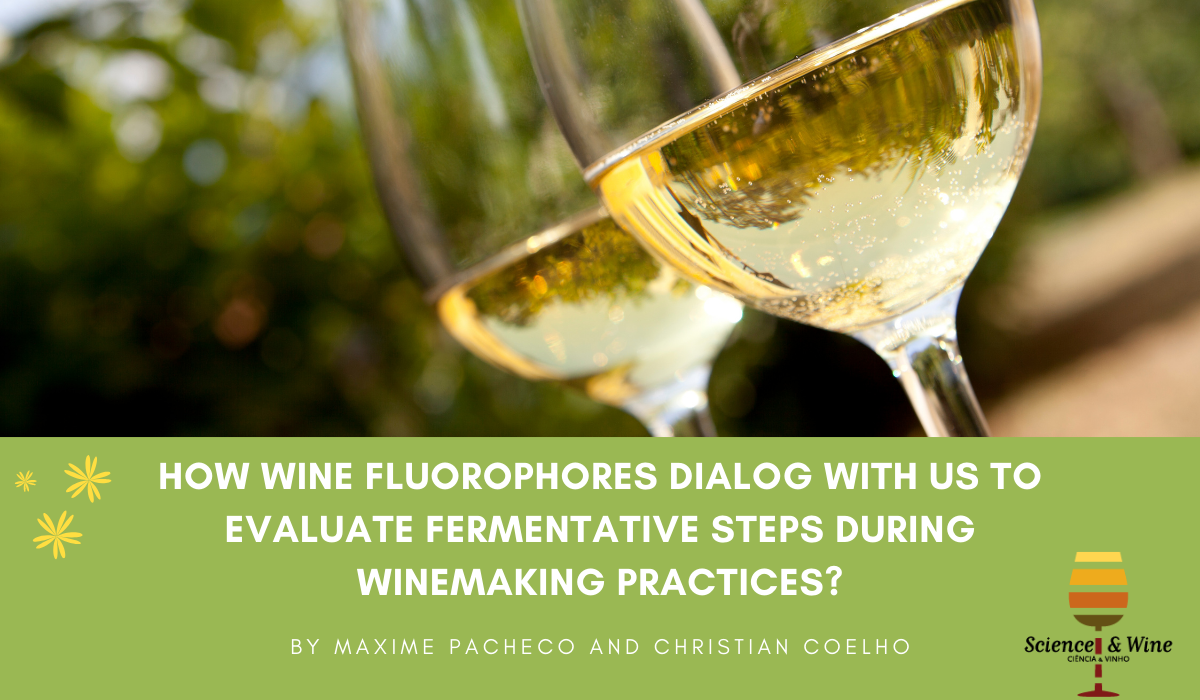As promised, we will maintain the organization of the World Congress every two years. The 3rd World Science & Wine Congress will be from 14 to 16 June 2023 in Vila Nova De Gaia and the Douro region. The topic for this scientific meeting here will be “Sustainability of wine production and food systems in the Mediterranean region”.

The Effects of Grape Polysaccharides Extracted from Grape By-Products on the Chemical Composition and Sensory Characteristics of White Wines
There is an increasing interest in the valorization of wine waste by-products. Grape pomace/marc can be an important source of polyphenols but also of polysaccharides (PSs). Therefore, the aim of this work was to extract PSs from grape pomace and musts and incorporate them into wines to improve their quality and valorize these residues. This is the first study that shows the effects of grape polysaccharides on the chemical composition and sensory characteristics of white wines. Considering the obtained results, the grape pomace and surplus of musts can be considered valuable sources to obtain polysaccharide-rich products, opening a new opportunity to take advantage of by-products from the wine industry

Cold plasma – a promising method of wine preservation
This study summarizes the results of a study that may promote interest in cold plasma as a potential alternative method for the preservation of wine and other alcoholic beverages.

False positive effect of sulfur sources used in growing and processing of vine (Vitis Vinifera L.) leaves on the results of dithiocarbamate analysis based on carbon disulfide measurement
Vine leaves, which are produced fresh, brined or fermented from the leaves of Vitis Vinifera in Türkiye are an important food. Sulfur is used as a pesticide and sulfur compounds can be used as additives during the growing and processing of the vine leaves. These sulfur sources cause positive results on carbon disulfide (CS2) measurements by GC-MS. Therefore, the main objective of the present study was to investigate the effects of residues of sulfur or sulfur compounds on dithiocarbamate analysis methods based on CS2 measurement.

Breadstick fortification with red grape pomace: effect on nutritional, technological and sensory properties
Grape pomace, a wine-making by-product rich in dietary fiber and total phenolic compounds, is a potential functional ingredient in the fortification of baked goods. Grape pomace improved the nutritional values of fortified breadsticks and changed the rheology of dough and breadsticks’technological properties without affecting sensory acceptability.

5th Edition of the Wine Active Compounds (WAC) Congress, Dijon 2022
After two successive postponements, the fifth edition of Wine Active Compounds (WAC) 2021 happened in the Palace of the Dukes of Burgundy in Dijon, France, from Wednesday June 29 to Friday July 1, 2022, under the auspices of the UNESCO Chair “Culture & Traditions of Wines” and the Institut Jules Guyot at University of Burgund.

Carbon footprint of table grapes imported from India – Analysis and reduction Potential
Consumers expect an all year round supply of fruits and vegetables, which includes table grape. In spring, at a time when domestic table grapes are not available in Europe, India is a major source of table grapes on the world market. The objective of this study was to follow the table grape from their origin in India to Bonn in Germany, where the study authors are based and purchased the grapes. After harvest, table grapes are hydro-cooled, packed in PET punnets and transported by refrigerated truck over ca. 400 km to Mumbai, where they are shipped at 0 °C in reefer containers from the Indian ocean via the Suez Canal to Antwerp. Overall, the carbon footprints of importing Indian (333 g CO₂eq) grapes resembled that of South African (309 g CO₂eq) ones due to comparable mileage between Mumbai/India and Antwerp (6317 nm) and Capetown and Antwerp (6155 nm).

Characterization on the impact of different clarifiers on the white wine colloids using AF4-UV-MALS-dRI
Clarifiers are substances used during the winemaking process to enhance clarity and stability in the wines. The different clarifiers may alter removal capacities differently. In this study, the removal efficiency of seven common fining agents, divided into three groups (mineral clarifiers, synthetic polymeric clarifiers, and vegetable protein clarifiers), was analyzed with Asymmetrical Flow Field-Flow fractionation

Characterization and production of agglomerated cork stoppers for spirits based on a factor analysis method
The decision-making in the investment of a new line of stoppers based on agglomerated cork requires knowledge of the composition and its contribution to its performance. For this, it is necessary to observe the leading products on the market and to test a series of prototypes with different formulations. The development of manufacturing products made by cork, such as bottle stoppers, benefits strongly from accurate chemical and structural characterizations, correlated to the final material performance. A wise starting point to fulfill such requirement consist of comparing available products in the market to be compared with different prototypes with varying composition. This work presents a blind characterization of a series of cork samples through a non-supervised exploratory analysis designed to select agglomerated corks for spirits and still wines in the packaging industry.

How wine fluorophores dialog with us to evaluate fermentative steps during winemaking practices?
In this study, stationary and time-resolved fluorescence signatures, were statistically and chemometrically analyzed among three typologies of Chardonnay wines with the objectives to evaluate their sensitivity to acidic and polyphenolic changes. The combination of multispectral fluorescence parameters opens a novel routinely implementable methodology to diagnose fermentative processes.

